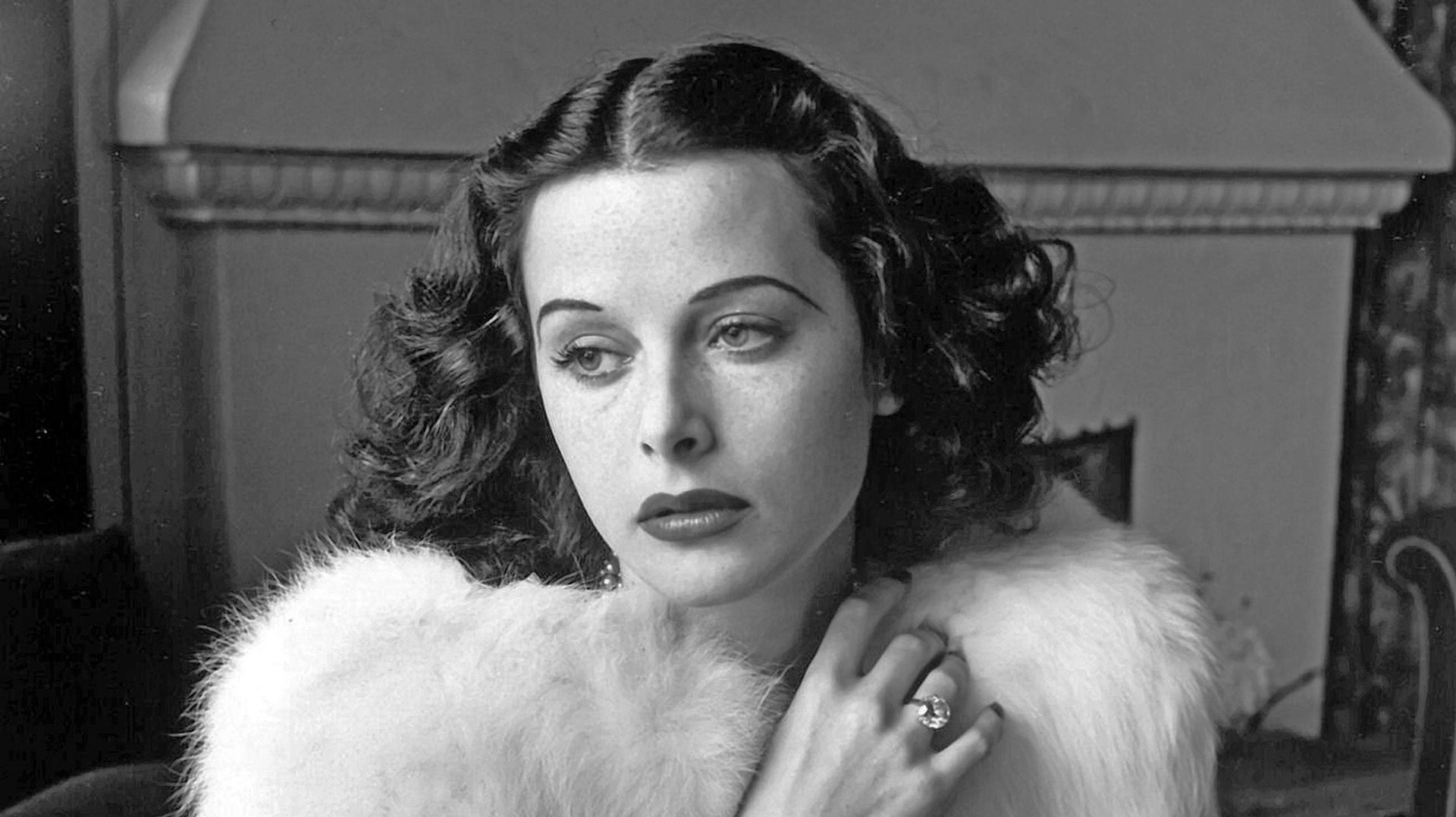While men are failing, “hidden” works by amazing women are being rediscovered
As the news cycles fixates on men who have taken advantage of their power and privilege to behave like monsters and criminals, a new documentary about the late actress Hedy Lamarr offers a fine counterbalance to the dark stories. Even more encouraging, its raison d’être—to reveal the little-told story about a brilliant woman whose work was nearly forgotten to history—appears to be part of a trend.


As the news cycles fixates on men who have taken advantage of their power and privilege to behave like monsters and criminals, a new documentary about the late actress Hedy Lamarr offers a fine counterbalance to the dark stories. Even more encouraging, its raison d’être—to reveal the little-told story about a brilliant woman whose work was nearly forgotten to history—appears to be part of a trend.
Lamarr became one of Hollywood’s best-known stars in the 1940s. The Vienna-born emigre was considered one of the most beautiful women in the world, appearing in, among other legendary films, Ziegfeld Girl and Samson and Delilah.
The lesser-told story about Lamarr, who died in 2000, was that she felt trapped by her looks. The real Hedy, she would say before she died, was an inventor, and invent things she did. Most remarkably, together with a friend, the composer, George Antheil, she invented an early version of a frequency-hopping spread-spectrum (FHSS) system, envisioned as a guiding device for torpedoes. The same technological concept would later make wireless and bluetooth cellphone communication possible.
Although her successful side hustle has been acknowledged before, the documentary Bombshell aims to brings this episode of Lamarr’s complicated life into sharper focus, and features never-before-heard audio footage of Lamarr discussing her innovative idea—which she had pitched as part of the US war effort against Nazi Germany—with a Barron’s reporter in 1990.
In an interview with Pacific Standard, the documentary director, Alexandra Dean, was asked why the Lamarr story might be coming to light right now. Is is “simply because there are more female filmmakers?” Dean responded:
I do think that’s part of it. I also think it’s because we’re talking about everything to do with the #MeToo moment a little bit more closely, the whole structure of things and how people get erased. We’re more interested in that now. It’s like the whole world has shifted, and suddenly the bones of a structure have been revealed, and that structure is built to actually leave out certain people from that canon and from history. Hidden Figures was the first to really point that out, and now I think that ball is rolling and a lot more figures will emerge.
Hidden Figures, the 2016 film that told the story of three African-American women—Katherine Johnson, Dorothy Vaughan, and Mary Jackson—who worked at NASA as mathematicians and engineers, was nominated for three Oscars and became a “surprise” hit that really should have surprised no one. It also probably contributed to the success of Lego’s Women of NASA toy set, which featured figurines of astronauts and Sally Ride and Mae Jemison and the scientists Nancy Grace Roman and Margaret Hamilton. The set sold out on Amazon within 24 hours of its release.
Writers have also recently revisited the stories of other women whose accomplishments have never found the pedestal they deserve, like Beryl Markham, the first woman to fly solo, east to west, across the Atlantic Ocean.
But Dean makes a important point about how many others remain hidden—to mass audiences, at least. We might expect future films on Rosalind Franklin and Grace Hopper, and other scientists history has overlooked.
Then again, why stop at science? There isn’t an industry or academic field in which women’s innovations have not been left out of the canon. Examples exist in fine art, philosophy, architecture, filmmaking, etc., etc., etc. Erasing women’s accomplishments is one of the ways in which men have been able to perpetuate the myth of male genius and the misleading idea that men and women have substantially different brains.
In 2015, Quartz analyzed 25 years of film-industry data on female representation among writers, producers, directors, and actors, and came to the conclusion that Hollywood isn’t even trying to include more women. If Dean is right about the impact of #MeToo, the time is ripe for storytellers to re-introduce more women and make history more complete and accurate.